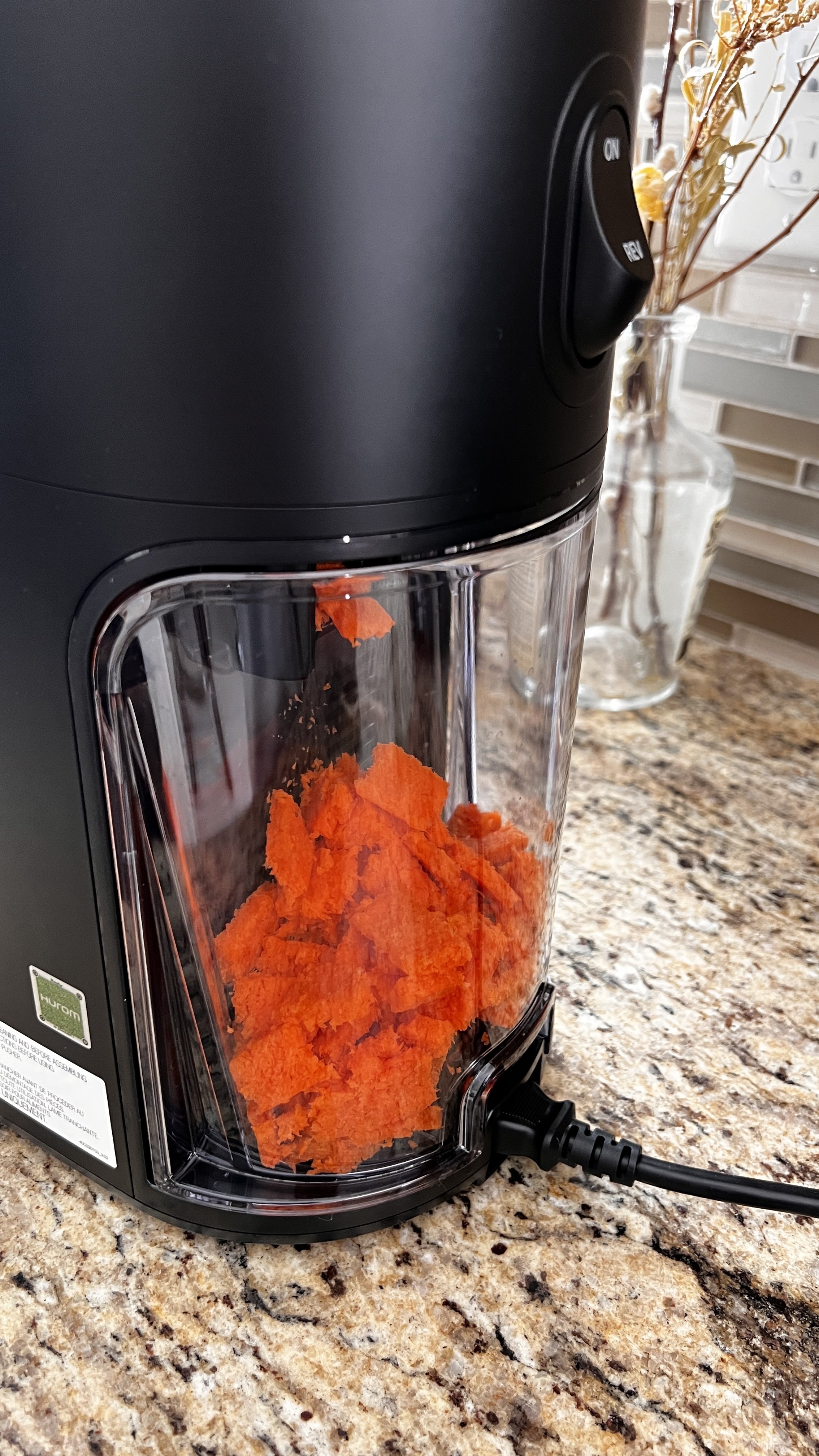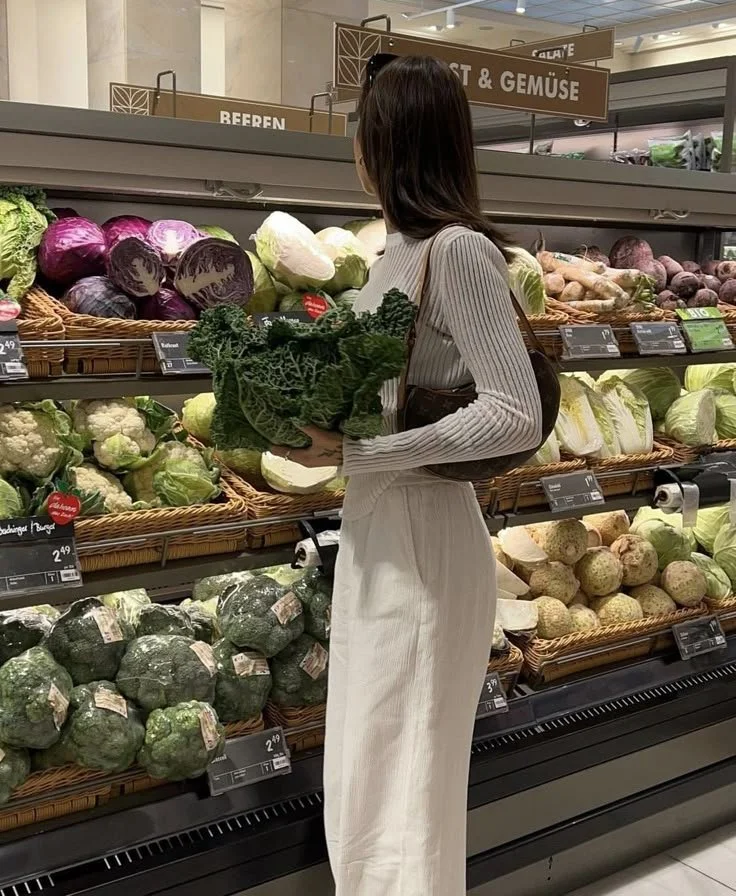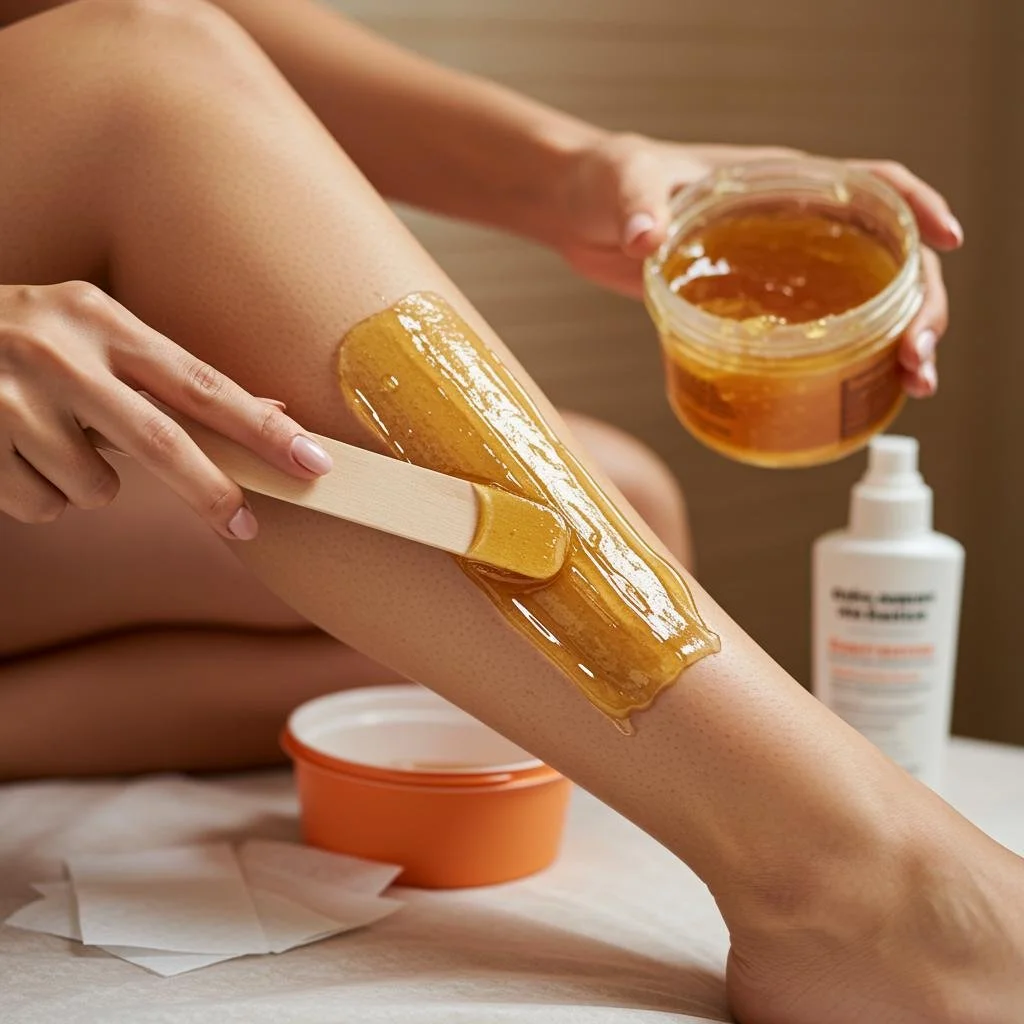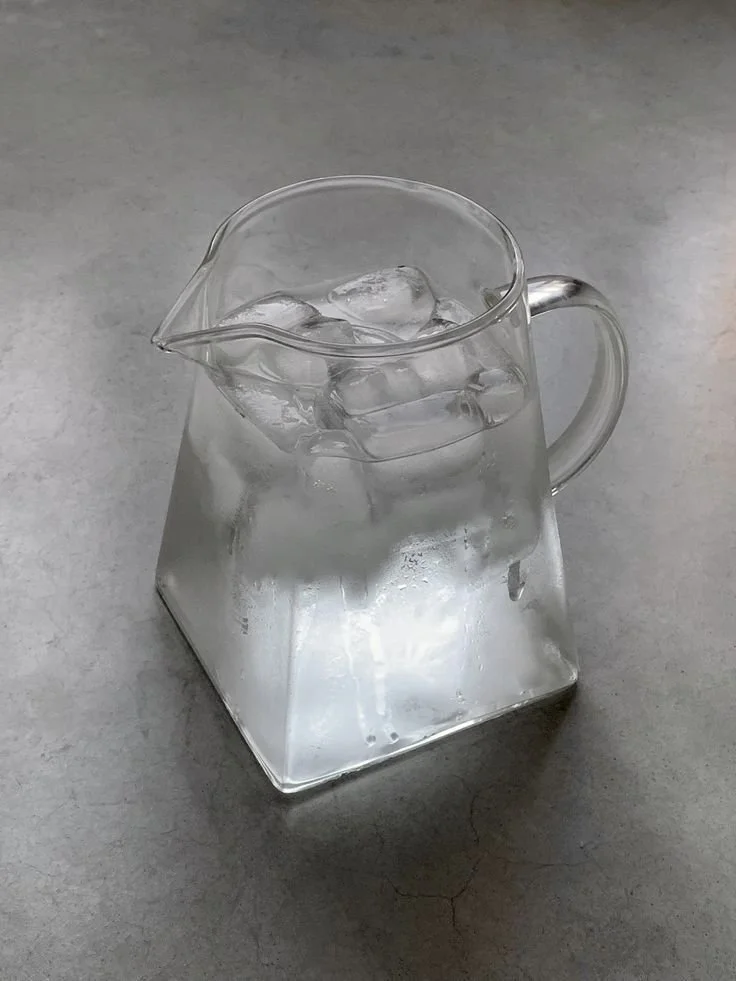What To Look For In A Slow Juicer: A Complete Buyer’s Guide
In the world of health and wellness, few appliances have gained as much attention as the slow juicer. Also known as a cold press or masticating juicer, this machine is celebrated for its ability to extract nutrient-rich juice while preserving flavor, enzymes, and vitamins. But with so many options on the market, how do you choose the right one?
Whether you're a seasoned juice enthusiast or a beginner ready to embrace a healthier lifestyle, selecting the right slow juicer can make all the difference. In this guide, we walk you through the key features, benefits, and considerations to help you find the perfect fit for your kitchen and lifestyle.
Why Choose a Slow Juicer Over a Centrifugal One?
Before diving into the specifics, it’s important to understand why a slow juicer is often preferred over its centrifugal counterpart.
Higher Juice Yield: Slow juicers extract more juice from fruits and vegetables, reducing waste.
Better Nutrient Retention: The slow, cold-press process minimizes heat and oxidation, preserving enzymes and vitamins.
Quieter Operation: These machines operate at lower speeds, making them significantly quieter.
Versatility: Many slow juicers can handle leafy greens, nuts, and even frozen fruits.
If you're serious about juicing for health, a slow juicer is a smart investment.
Key Features to Look For in a Slow Juicer
No. 1
Motor Power and Speed
Look for a juicer with a motor speed between 40–80 RPM (revolutions per minute). This range ensures effective juice extraction without generating heat that can degrade nutrients.
Low RPM = Less Oxidation
Quiet Operation
Efficient for Hard and Soft Produce
A powerful motor also means the juicer can handle tougher ingredients like carrots or beets with ease.
No. 2
Juice Yield and Pulp Dryness
A high-quality slow juicer will leave behind very dry pulp, indicating maximum juice extraction. This not only saves money on produce but ensures you’re getting the most nutrients possible.
Check reviews for feedback on pulp dryness
Look for dual-stage or triple-stage augers for better efficiency
No. 3
Ease of Cleaning
One of the biggest deterrents to regular juicing is cleanup. Choose a model with dishwasher-safe parts and a simple assembly process.
Fewer parts = quicker cleaning
Models with cleaning brushes included are a plus
Wide feeding chutes can reduce prep time
Hurom
Rediscover the taste of nature with Hurom Slow Juicers.
Designed to preserve nutrients and flavors, their juicers deliver the freshest, healthiest juices right to your glass.
No. 4
Durability and Build Quality
Invest in a juicer made from high-quality materials like BPA-free plastic or stainless steel. A sturdy build ensures longevity and better performance over time.
Look for models with a warranty of at least 5 years
Brands with a strong reputation often offer better customer service and replacement parts
No. 5
Size and Storage
Counter space is precious. Consider the size and design of the juicer, especially if you plan to use it daily.
Vertical models take up less space
Horizontal models are often more versatile but bulkier
Cord storage and compact parts help with organization
Why the Hurom H400 Easy Clean Slow Juicer Is a Top Choice
Among the many options available, the Hurom H400 Easy Clean Slow Juicer stands out as a premium, user-friendly choice for both beginners and experienced juicers.
No. 1
Revolutionary Easy Clean Technology
The H400 features Hurom’s latest Easy Clean design, which eliminates the need for traditional mesh strainers. Instead, it uses smooth, elongated grooves that rinse clean in seconds—no scrubbing required.
Saves time and effort after every juicing session
Perfect for daily use without the hassle of deep cleaning
No. 2
Self-Feeding Hopper Design
This model includes a self-feeding hopper, which allows you to load multiple ingredients at once. It automatically pulls in fruits and vegetables, reducing prep time and manual feeding.
Hands-free operation makes juicing more convenient
Ideal for busy mornings or multitasking in the kitchen
No. 3
Superior Juice Quality
With its low-speed auger and advanced extraction system, the H400 delivers high juice yield and exceptional nutrient retention. The juice is smooth, vibrant, and packed with flavor.
Minimal oxidation for longer-lasting juice
The highest yield and the least amount of pulp across any Easy Clean model
Excellent with leafy greens, hard veggies, and soft fruits
No. 4
Sleek, Space-Saving Design
The H400’s vertical build and modern aesthetic make it a stylish addition to any kitchen. Despite its power, it has a compact footprint and stores easily.
Great for small kitchens or limited counter space
Available in multiple colors to match your decor
No. 5
Trusted Brand and Warranty
Hurom is a pioneer in the slow juicing industry with decades of innovation. The H400 comes with a 10-year warranty on the motor and a 2-year limited warranty on the remaining parts as well as excellent customer support.
Reliable performance backed by a reputable brand
Peace of mind with durable construction and support
Additional Features Worth Considering
BPA-free and No Blades: 100% BPA-free and no blades or sharp parts.
Reverse Function: Helps prevent clogging and makes cleaning easier.
Quiet Motor: Works quietly and effortlessly.
Strainer-Free Chamber: Minimizes pulp - even without a strainer for bare minimum cleaning.
Juice Cap: Prevents drips and allows for better mixing inside the chamber.
Frozen Dessert Function: Some models can make sorbet or nut butters.
Best Produce for Slow Juicers
Slow juicers excel at handling a wide variety of ingredients.
Here’s what they do best:
Leafy Greens: Kale, spinach, wheatgrass
Hard Vegetables: Carrots, beets, celery
Soft Fruits: Berries, grapes, oranges
Nuts and Seeds: Almonds (for nut milk), flaxseeds
FAQ
What’s the difference between a slow juicer and a cold press juicer?
They are essentially the same. Both use a slow, masticating process to extract juice without heat, preserving nutrients and flavor.
Can I juice citrus fruits in a slow juicer?
Yes, but it’s best to peel them first. The bitter pith can affect the taste, and peels may clog the machine.
Are slow juicers good for leafy greens?
Absolutely. Slow juicers are ideal for greens like kale, spinach, and wheatgrass, which centrifugal juicers often struggle with.
How long does juice from a slow juicer last?
Juice can last up to 72 hours when stored in an airtight container in the fridge, thanks to the low oxidation process.
Is a slow juicer worth the investment?
If you juice regularly and value nutrient retention, a slow juicer is a worthwhile investment. It offers better yield, less waste, and higher-quality juice.
Takeaways
A slow juicer is more than just a kitchen gadget—it’s a step toward better health and mindful living. By choosing a model that fits your lifestyle, you’ll enjoy fresh, nutrient-rich juice every day without hassle.
The Hurom H400 Easy Clean Slow Juicer is an excellent choice for anyone seeking convenience, performance, and style in one sleek package. With its innovative features and easy maintenance, it makes juicing a joy—not a chore.
With the right slow juicer, you’re not just making juice—you’re making a commitment to wellness.
Looking for Wellness Resources?
Are you looking to enhance your wellness routine? Explore our wellness partners who offer a wide range of resources to support your journey toward holistic living and well-being.




































